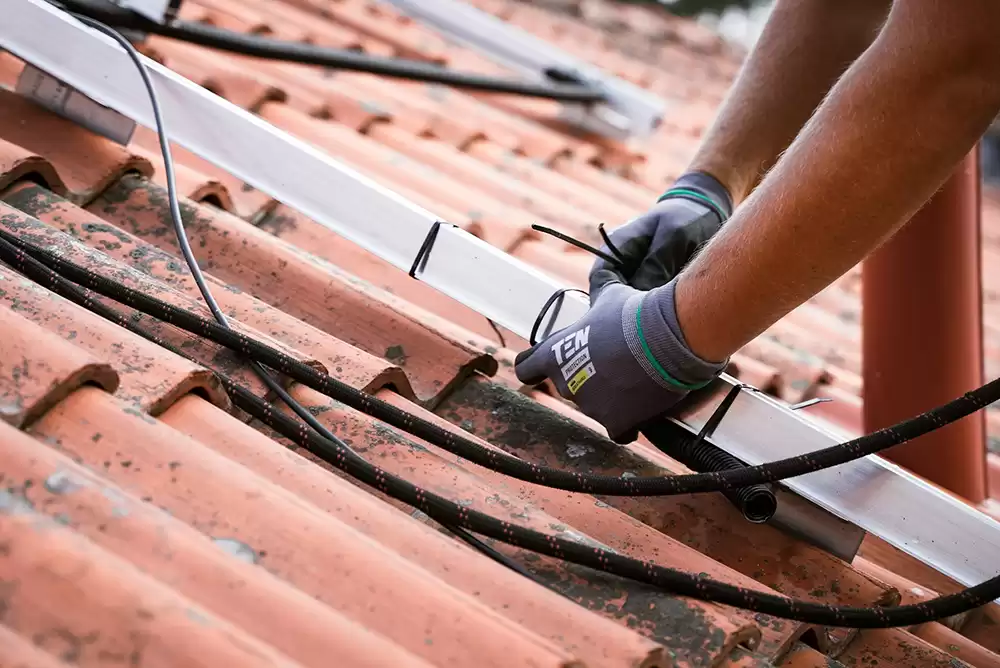By Dan Cahill and Gary Stewart
Regular roof maintenance is vital to the longevity and performance of your commercial roof. Much like a vehicle, your roof requires consistent care and attention to ensure it functions optimally and lasts as long as possible. Neglecting regular maintenance can lead to preventable issues such as leaks, structural damage, and costly repairs. By committing to a routine maintenance schedule, you not only extend the life of your roof but also protect your investment and avoid the disruption and expense of unexpected problems. At SBR Roofing, we emphasize the importance of proactive maintenance to our clients, ensuring their commercial properties remain safe and secure throughout the year.
Importance of Regular Roof Maintenance
Regular roof maintenance is essential to extending the lifespan of your commercial roof. Think of it like maintaining a car: if you neglect your car, it will not perform well. The same goes for your roof. With consistent maintenance, you can significantly prolong the roof’s service life and prevent many issues.
One key benefit of regular maintenance is the prevention of problems such as leaks. Many leaks and issues we have discussed in previous interviews are entirely preventable with proper maintenance. Potential leaks can be identified and addressed during the inspection process before they become significant problems. This not only maximizes the roof’s lifespan but also helps avoid additional costs associated with leak repairs and interior damage, such as to computers or other equipment.
Ideal Frequency for Roof Maintenance
In California, particularly in our market, the ideal frequency for commercial roof maintenance is at least once a year. While some locations might need more frequent maintenance due to specific environmental conditions, an annual inspection and maintenance routine is generally sufficient for most commercial roofs.
Having a set of eyes on the roof every year is crucial. If you see roofing in the parking lot, it is a clear sign there is an issue. Unseen problems on the roof can lead to severe issues during the first big rain, causing significant damage and business interruptions. Regular inspections can prevent such catastrophic failures. For instance, an Office Depot’s roof collapsed due to clogged drains, resulting in massive repair costs and business downtime. Preventive maintenance can save a lot of money by addressing minor issues before they escalate.
Environmental Factors and Maintenance Frequency
The frequency of maintenance does not change between El Niño years and other years. Instead, it is more influenced by factors like the presence of tall trees around the property, which can clog drains with leaves. Once a year is sufficient in areas with heavy industrial activity and no tall trees; however, properties with more debris might require a full service once a year and a minor touch-up service for cleaning and minor work as needed.
Best Times for Roof Maintenance
Santa Ana winds make roof maintenance particularly urgent for us in California. Buildings with a lot of debris need leaves removed after the Santa Anas and before the rains hit. However, it is generally best to spread out maintenance throughout the year rather than waiting for the Santa Anas since roofing companies get busy from October to December. Therefore, conducting maintenance during the dry summer months or at the end of summer before the fall rains is often optimal.
When a leak occurs, it is usually during rain, and every roofer is busy. By doing preventive maintenance, you can get the necessary attention when demand is not at its peak, ensuring timely and effective service. This proactive approach ensures that your roof gets the care it needs without the delays and higher costs associated with emergency repairs.
Signs of Overdue Roof Maintenance
Key signs that roof maintenance is overdue include leaks, which are apparent even without being on the roof. Look for wear and tear on the roof around sealants and materials used around penetrations and AC platforms. These materials have a shelf life and can dry out and crack, forming jagged fault lines. Piles of sand at your downspouts indicate that granules are washing off the roof, a sign of aging. Additionally, if you see parts of roofing in the parking lot or notice cracks and delamination in the seams and laps of the roof, these are signs that maintenance is overdue.
Steps of a Routine Roof Check
The basic steps of a routine maintenance check include cleaning the roof first.
Then, check pipes and penetrations, which are everyday maintenance items. Look at areas where the roof has hard angle transitions, such as AC platforms, wall bases, and skylights, as these are prone to cracking. Check the drains to ensure they are not clogged and that the roof is well adhered at the drains.
Lastly, inspect the roof’s field for any delaminated seams or laps due to age or quality of installation. These steps cover the major aspects of a routine maintenance check.
Benefits of Proper Roof Maintenance
Let me tell you a story. I had a property management company managing about 100 apartment buildings that needed to be doing maintenance. One year, I convinced them to start maintenance, and they spent less on maintenance and leak repairs than the previous year when they only did leak repairs. This decrease in expenses highlighted the cost-effectiveness of preventive maintenance. Since then, they have had us do maintenance on their entire portfolio every year.
Another important aspect is that many of the roofing systems we install come with a 15- or 20-year warranty, which requires yearly maintenance to avoid voiding the warranty. This ensures that any potential issues are addressed before they become significant problems.
Conclusion
Regular roof maintenance is an essential practice for any commercial property owner looking to protect their investment and ensure the longevity of their roofing system. At SBR Roofing, we understand the unique challenges businesses face in Los Angeles, Ventura, and Orange Counties, and we tailor our maintenance services to meet these specific needs. By conducting annual inspections and addressing potential issues promptly, we help our clients avoid costly repairs and maintain the structural integrity of their roofs. Remember, a well-maintained roof not only safeguards your property but also provides peace of mind, knowing that your building is well-protected against the elements. Trust SBR Roofing to keep your commercial roof in top condition year-round.
Author Bio
As a proud fourth-generation commercial roofing contractor, Gary Stewart has dedicated his career to upholding his family’s legacy of quality and craftsmanship. Today, as a managing partner, he works alongside his relatives, blending tradition with innovation to deliver exceptional roofing solutions. His commitment to excellence and teamwork strengthens SBR Roofing’s projects and deepens those family bonds, ensuring that every roof we build is a testament to our shared values of integrity, durability, and service. Together, we are not just constructing roofs but building a future for our community and family lineage.
Dan Cahill embarked on his journey in 2001, accumulating over 23 years of experience in the commercial roofing field. The original owner of SBR Roofing extended a trial opportunity in 2001, coinciding with the dot-com bubble burst. The proposition was simple: give it a year, see if it suits you, and if not, no hard feelings. Surprisingly, Dan found himself sticking around. Fast-forward over two decades, and he continues to thrive in the field.
With a background in sales, Dan discovered a passion for the dynamics of salesmanship, particularly in the freedom it offered from the confines of a desk. The opportunity to engage with people, navigate various situations, and even climb up on roofs appealed to him. This intriguing experience kept Dan hooked, prompting him to stay the course, eventually becoming a leader in the roofing industry.







